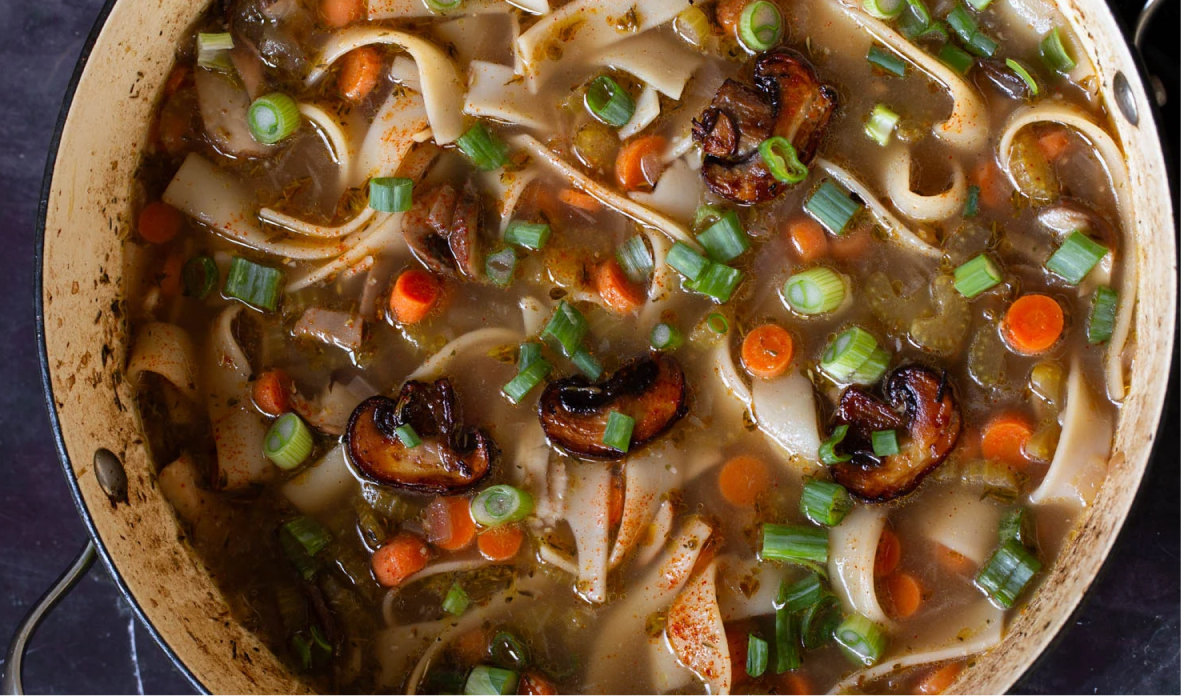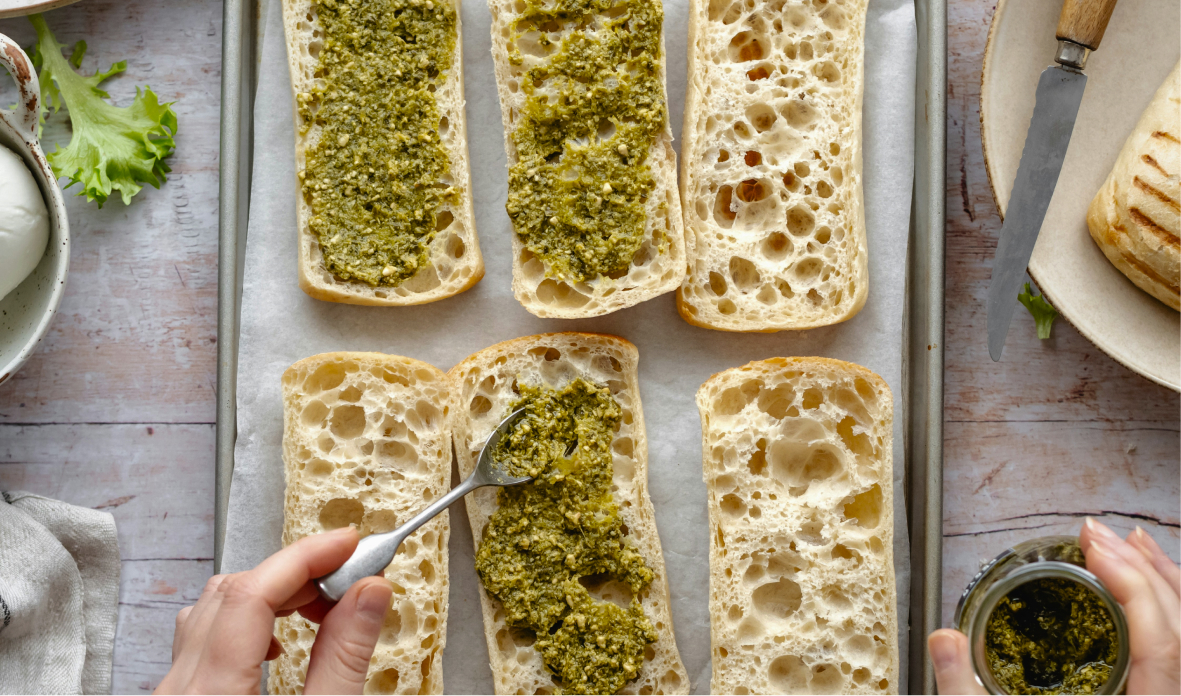How To Be A Conscious Eater
.avif)
Join the community





If you feel like there are more questions than answers about food right now, you’re not alone. One day it seems like eggs are bad, then the next day they’re good. One day we give up coffee because of cancer scares, the next a report comes out telling us it’s the key to a long life. The whole (mis)information melee is enough to make you throw your hands in the air, eat Hot Pockets, and hope for the best.
Often food information is presented in silos. Getting caught up in which grass-fed beef label is best for the life of the cow, for example, misses the point that too much beef, of any variety, isn’t so hot for us or the planet. (Actually, cows are making the planet much hotter.) These things can’t be viewed in a vacuum.
How to Be a Conscious Eater by Sophie Egan is a thorough framework for solving a problem that so many of us are facing. How to simplify the complexity of making daily food choices we can feel good about. That is, the Conscious Eater Checklist: good for you, good for others, good for the planet.
(1) Is it good for you?
This means good for the whole you. Food that is nutritious, safe, wholesome. Food that does a body good. “Good for you” largely concerns your health, but it also relates to your happiness.
(2) Is it good for others?
This is about leaving the best possible mark on the animals and people affected across our food systems, from the growing/raising/producing to the harvesting/ processing/transporting and the preparing/serving/disposing of each item you consume.
(3) Is it good for the planet?
This involves making choices that do not damage, and when possible even restore, the ecosystems impacted by food production. Considerations include a food’s carbon footprint, water footprint, and use of the earth’s available natural resources, such as arable land.
An excerpt from How To Be A Conscious Eater by Sophie Egan

Ask yourself if you’re optimizing at least one of these three factors with every food choice. Sometimes one will be enough—for instance, the deep satisfaction you should feel from knowing you made a delicious dinner for yourself and your family that was as healthy as could be. Other times, go for the trifecta. All in all, my hope in giving you this checklist is that it serves as your decision-making compass, helping you continuously gut-check the direction in which you’re heading with your weekly grocery purchases, lunchtime routines, and restaurant orders.
First, the bad news: Health-wise, our nation is in crisis. Environment-wise, our planet is also in crisis. On the bright side, what would make the biggest difference for lowering our odds of diet-related disease is eating more healthy foods, as opposed to the usual finger-wagging to just cut the junk. Specifically, we’re urged to consume more fruits, vegetables, healthy fats, nuts, seeds, legumes, and whole grains than we currently do.
The conveniently great news is that what’s good for the planet aligns almost exactly with what is good for our health.
Eating a plant-rich diet not only is the approach most tied to longevity and well-being but is also dubbed the fourth most effective climate-change-reversing solution. By no means necessarily vegan or vegetarian, what this means in practice is eating mostly plant-based foods. But not at the expense of flavor. Done right, eating lots of stuff from the ground can fill your belly and bring you joy.
GET THE BOOK →













